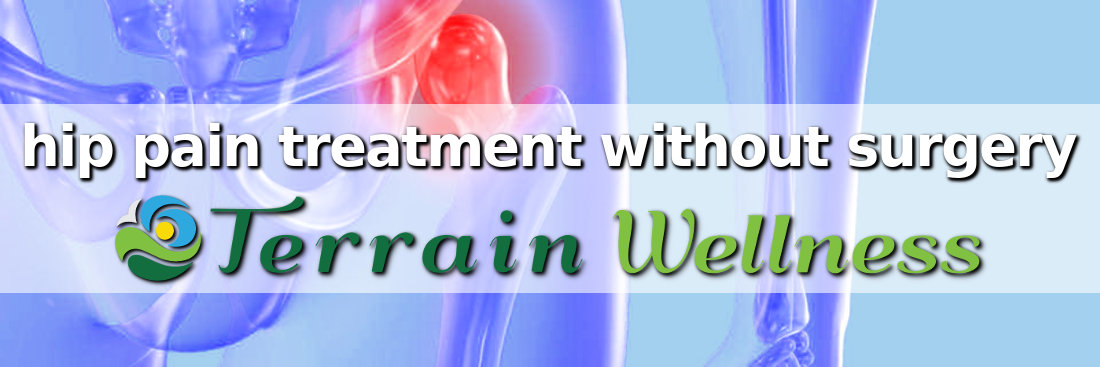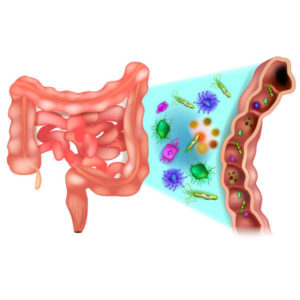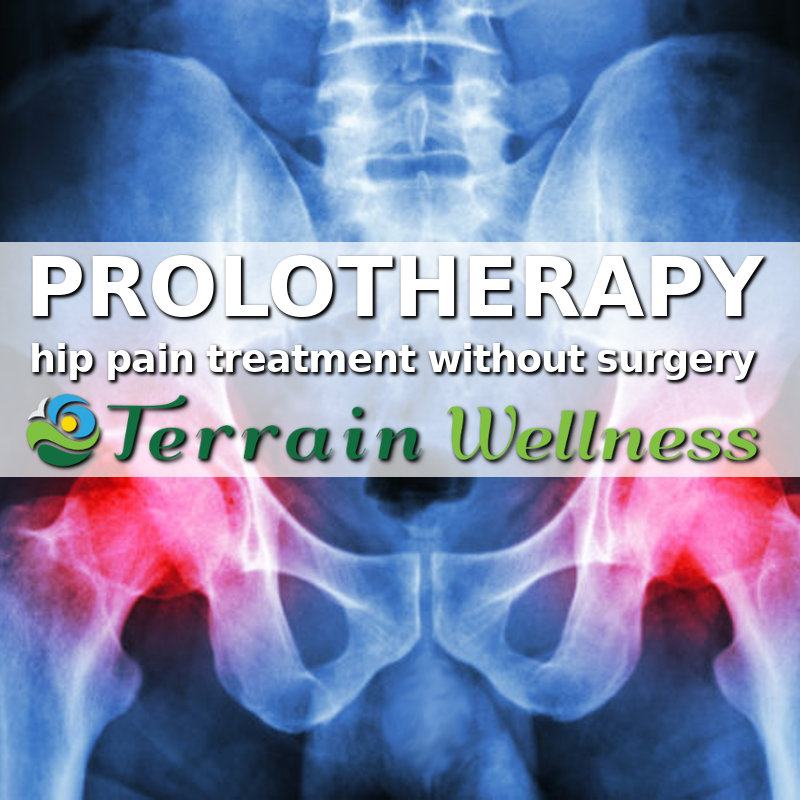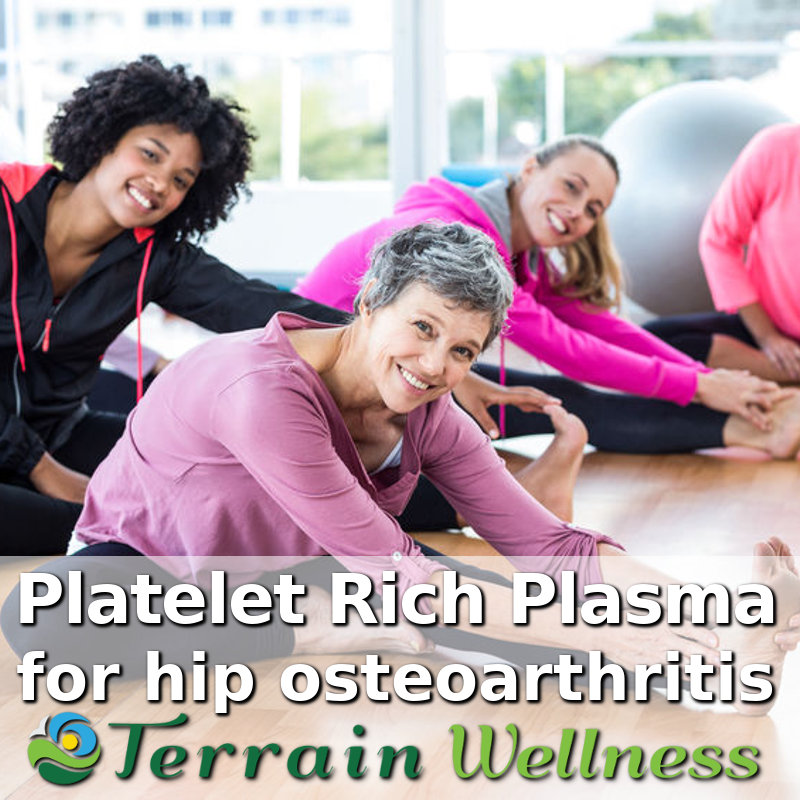Hip Pain Treatment Without Surgery
Hip pain is one of the most common complaints that accompanies osteoarthritis, a chronic condition where joint cartilage degrades over time. Bursitis, a painful inflammation of fluid filled sacs that cushion tendons and joints can also cause pain during movement. Over the years, hip pain from joint degeneration can become so debilitating that hundreds of thousands of Americans over age 45 undergo total hip replacement surgery. Even more alarming, the number of total hip replacements in the US doubled between the year 2000 and 2010, according to the Centers for Disease Control. Before we discuss a better path for hip pain treatment without surgery, we need to briefly review what’s wrong with the current standard of medical care.
“The number and rate of total hip replacements among inpatients aged 45 and over increased from 2000 to 2010: from 138,700 to 310,800 in number and from a rate of 142.2 to 257.0 per 100,000 population”. -(CDC hip replacements statistics).
Why are hip replacements increasing so much and what can the medical community do to help? As for the increase in hip replacements, the usual medical response is to blame our nation’s marked rise in obesity (obesity & osteoarthritis).
What’s Wrong With Current Hip Pain Treatments?
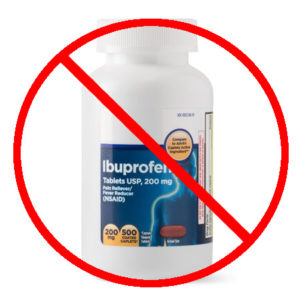
Even though obesity does play a role in the sharp rise in hip replacements, there’s more to the story than that. Common medical treatments for bursitis and arthritis like NSAID pain relievers and cortisone shots have been shown to damage joints over time. Please note, that my medical opinion on NSAIDs and cortisone shots is very well supported by the latest medical research. But, you don’t have to take my word for it. According to research published in the US National Library of Medicine, an increasing body of evidence shows NSAIDs like Ibuprofen/Advil damage articular cartilage over time. In similar fashion, in an article on cortisone shots for reducing the inflammation associated with osteoarthritis, Dr. Timothy McAlindon is quoted as follows: “corticosteroids (cortisone shots) have also been reported to have destructive effects on cartilage” (source: National Institute of Health).
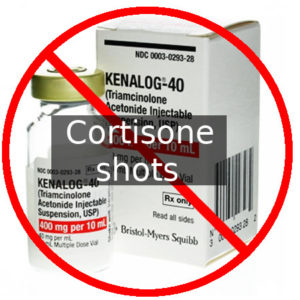
Given that the two very common treatments for hip bursitis and osteoarthritis (Ibuprofen & cortisone) are both strongly linked to joint cartilage damage, it’s no surprise that hip replacements are on the rise. By this point, you’ve probably already guessed that there are better options for hip pain treatment without surgery. When treating joints, it is best to begin with lifestyle changes first. For more serious problems, prolotherapy and PRP have fewer side effects than either NSAIDs or cortisone, so I strongly prefer them. Note that there may be some extreme circumstances where total hip replacement surgery is necessary. However, my goal in treating patients is to resolve their hip pain early on so that surgery, medications and other measures with significant side effects are not necessary.
The Future of Hip Pain Treatment Without Surgery
Lifestyle Modification

Many already know that weight loss is commonly cited as a simple way to relieve hip pain without surgery. But, did you know that the wrong food choices create inflammatory patterns that cause systemic damage to the body (including our joints) over time? Eating processed foods high in sugar and other refined carbohydrates feeds into inflammatory processes. In my article on thyroid and weight loss, I describe how junk food wreaks havoc on the endocrine system via inflammatory processes and feeding unhealthy gut flora. As it turns out, this same inflammation is also linked to chronic degenerative diseases (inflammation, obesity & chronic disease).
One interesting point in regards to food and inflammation is unhealthy gut flora. Unless you live under a rock, you’ve heard of “probiotics” (gut flora): living bacteria living inside our bodies that help us digest food and absorb proper nutrition. Each type of gut flora specializes in helping to digest a particular type of food like fat, protein or carbohydrates. Here is where the danger lies: overgrowth of the type of gut flora that helps us digest refined carbohydrates like sugar and processed foods cause damaging inflammation in the body. In this way, eating junk food indirectly contributes to joint-damaging inflammatory processes.
Clearly, there’s a lot more at work here than just shedding a few pounds. Even still, according to an article published by Harvard University, losing 10-15 lbs made a significant difference in determining whether obese young people develop osteoarthritis later in life. Taken together, reducing weight means less strain on our joints while healthier food choices reduce cartilage-damaging inflammation in hip joints.
Prolotherapy For Hip Pain
Prolotherapy is a fascinating process that can be used for hip pain treatment without surgery. What makes prolotherapy so unique is that it triggers the body’s own natural healing process and actually causes cartilage, ligament and other connective tissue to regrow. “Prolotherapy” got its name by truncating its longer title, “proliferative therapy” together. To proliferate means to rapidly increase or multiply and in this case refers to the rapid cell growth that occurs with prolo. Prolotherapy repeatedly stimulates the body’s own natural healing process, all without doing any actual joint damage.
The process is minimally invasive and involves making small injections in and around the hip joint, each injection site is stimulated to regrow cartilage and ligament tissue. The result is that the avascular soft joint tissue regenerates over time, reducing hip joint pain while also regrowing the cartilage damaged by osteoarthritis. Prolotherapy stands in sharp contrast to temporary stop-gap measures for treating hip pain and osteoarthritis like cortisone shots or ibuprofen because prolo causes real joint healing while cortisone and ibuprofen only offer a temporary fix with long-term consequences.
How does Prolotherapy work?
The cartilage, ligaments and tendons associated with joints are all “avascular”, meaning that they lack blood vessels. Joint tissue not having their own blood vessels means that healing is slow and often incomplete due to limited resources. In contrast, muscles are highly vascular and have numerous blood vessels supplying plenty of nutrients to facilitate rapid repair. For this reason, bruised muscles generally heal whereas joint damage may accumulate over time because they don’t completely heal.
So, what do bruised muscles have to do with how prolotherapy works? As it turns out, a lot. When muscles are bruised, cells and blood vessels break, spilling nutrients and other materials out into the interstitial tissue surrounding each cell. This spilling of material triggers the body’s natural healing response. In this way, muscles have multiple advantages in healing quickly when compared to joints and connective tissue. The most commonly known cause of muscles ability to heal rapidly is of course the fact that muscles have a lot of blood vessels to supply plenty of raw materials for healing to take place. The other reason muscles heal quickly is that bruising strongly signals the body to aggressively repair itself.
Prolotherapy is so effective at causing cartilage repair without surgery because it mimics the conditions of a muscle bruise inside of joint tissue without causing any actual damage. In each prolotherapy session, I inject a small amount of a sterile dextrose and anesthetic solution into the affected hip joint, simulating the conditions present at the site of a bruise on muscle. When muscles are bruised, glycogen (sugar stored inside muscles) leaks out and triggers the body to repair the damage. Since the injection and sterile dextrose and anesthetic solution do not damage the joint while also stimulating the body’s natural healing, each injection session during the prolotherapy series causes a small amount of cartilage regrowth that rebuilds the joint over time. This progressive, natural joint repair is a much safer alternative to relieving hip joint pain as compared to cortisone shots and NSAID pain relievers because it works by simply encouraging the body to repeatedly repair itself.
PRP: Platelet Rich Plasma Therapy For Hip Osteoarthritis
In a similar, albeit more advanced, process to prolotherapy, PRP (Platelet Rich Plasma) Therapy is a regenerative medicine process that stimulates the body to heal itself from within. PRP is so effective a new treatment that the US Library of Medicine has recently recommended it as a top treatment choice for osteoarthritis (Source: National Institute of Health, PRP for Osteoarthritis).
To understand PRP, you must first understand blood platelets. Well-read readers probably know that blood platelets are tiny blood cells that are responsible for stopping bleeding by stimulating the blood-clotting response. However, blood clotting is only a temporary solution to stop the leak, it’s not a permanent solution to the injury. For this reason, platelets do so much more than simply stop the leak. When platelets are activated at the site of an injury, they release special growth factor hormones that initiate a localized healing response in the body tissues immediately surrounding the injury site.
The problem with hip cartilage injuries and degradation is that, as we mentioned above, joints don’t have blood vessels in them. This means that hip pain results in no blood platelets being activated at the site of the joint damage. No platelets means no growth factor hormones to stimulate the healing response. With today’s medical technology, it’s a simple procedure to take a small sample of the patient’s blood, use our on-site lab to separate out the platelets in a “Platelet Rich Plasma” and introduce those platelets into the joint. PRP is so revolutionary because we use platelets (and the growth factor hormones within them) from your own body to powerfully stimulate your body’s own natural healing response. Gently encouraging your body to heal itself using substances already present in your body is truly the holy grail of medicine; the serious negative side-effects of standard medications or hip replacement just don’t apply to PRP.
Prolotherapy and PRP injection therapies combined with lifestyle modifications provide real hip pain relief through stimulating joint tissue regeneration, rather than just masking painful inflammation like NSAIDs and cortisone. Because prolo and PRP function by repeatedly triggering the body’s natural healing response, the side effects are generally minimal and resolve on their own. With these factors considered, Prolo and PRP fit well within the principles of natural and functional medicine.
If you have joint pain from osteoarthritis or bursitis, please call our office to schedule a phone consult to learn more about prolo and PRP to see if these revolutionary cartilage regeneration treatment modalities are right for you.
Yours in health,
Dr. Danielle Lockwood


